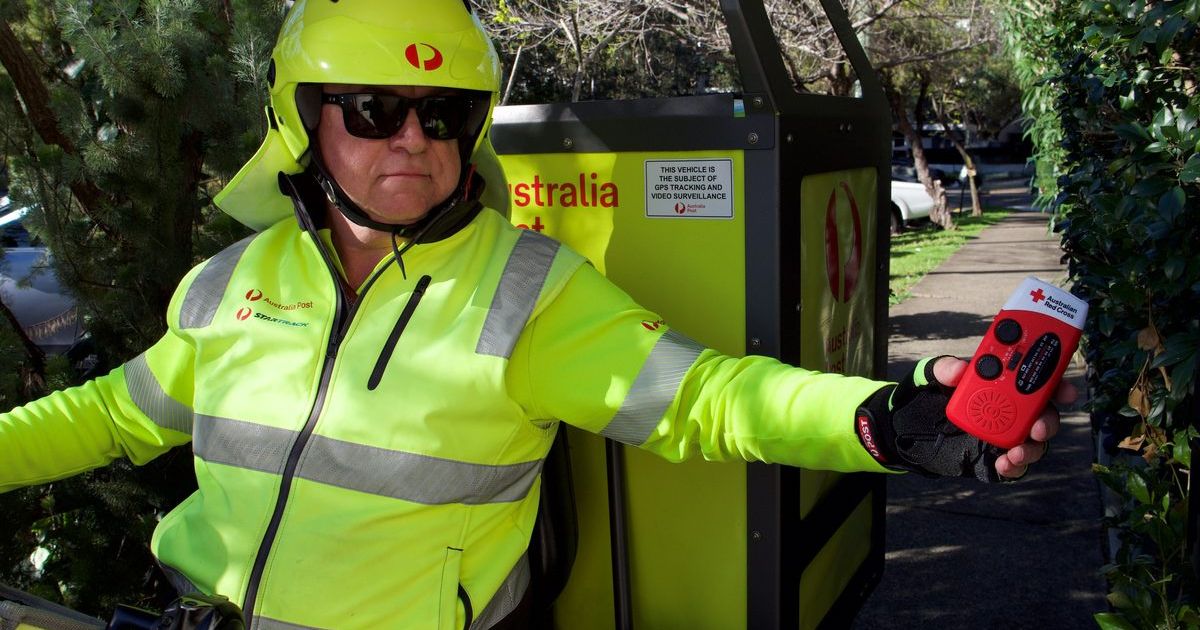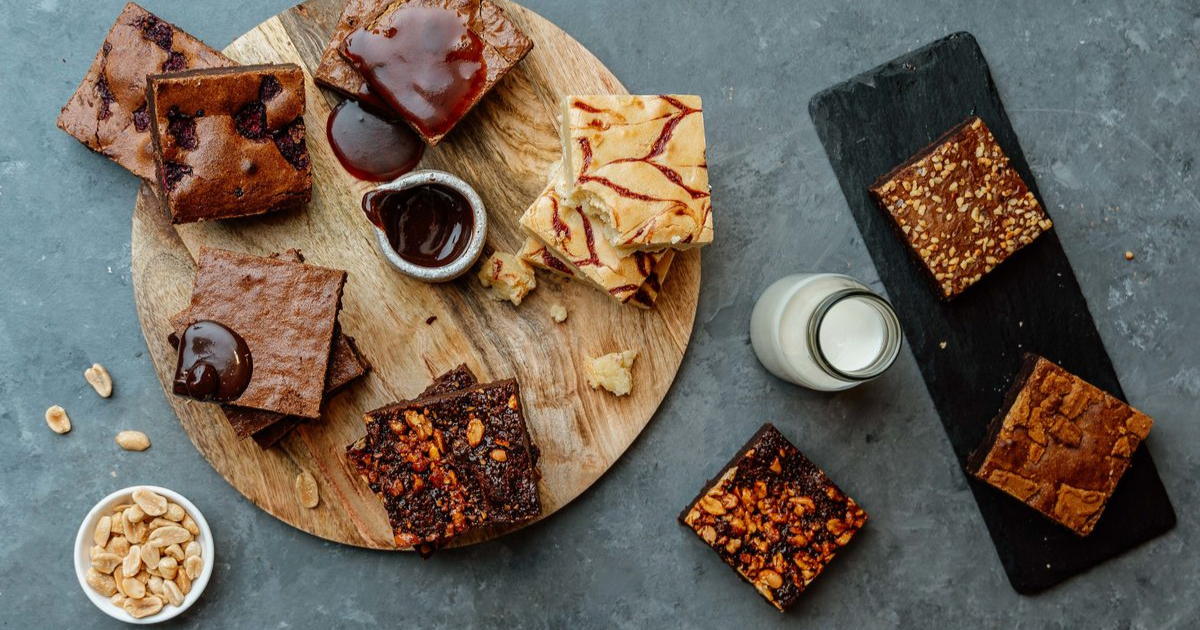Connecting back to country

Deadly: Dja Dja Wurrung and Yorta Yorta man Trent Nelson is helping bring cultural burns back to the Greater Bendigo National Park. Photo: SUPPLIED
AS part of NAIDOC Week, Aboriginal people have been telling their stories through the Deadly and Proud campaign.
For Dja Dja Wurrung and Yorta Yorta man and storyteller Trent Nelson, the Week is a time of reflection and celebration on what different communities have done the previous year.
“The Deadly and Proud campaign is really about opportunities for Aboriginal people to stand up and be proud and voice the good work they do and push that message across Victoria how deadly we are as Aboriginal people and first peoples of this country,” he said.
“NAIDOC Week’s really important. Every year we have it, for us it’s about celebration it’s about coming together as Aboriginal people.
“It’s not just about us, it’s about sharing with the wider non-Aboriginal community our culture and getting them to learn and to understand who we are as First Nations people.”
Mr Nelson is the chairperson of the Dja Dja Wurrung Clans Aboriginal Corporation and regional cultural fire heritage coordinator at DELWP Loddon Mallee.
Through these roles, Mr Nelson works to educate on the importance of cultural burns, as both a traditional and land management practice.
Controlled fire burning is a practice that has passed down to Mr Nelson through generations and for NAIDOC Week he told his story.
“Part of my role is around working with traditional owners across the Loddon Mallee region and working with them to try and get them out on country again and doing cultural burns,” he said.
Particularly at the Greater Bendigo National Park, he said cultural burns work as a healing tool for the country, and a way of bringing back endangered native flora.
“The work I’ve done at Greater Bendigo National Park is around working with Dja Dja Wurrung and implementing cultural fire, which is called in Dja Dja Wurrung language, djandak wii.
“We’ve done a bit of monitoring since we started in 2017 putting cultural fire back out in the landscape, we’re slowly seeing impacts of what we’re doing, especially on grassland areas to the north of Bendigo and around different areas.
“We’re actually seeing native grasses responding back to the fire we put in because it’s a cooler fire, it’s a cooler burn and the plants, especially the grasses are responding really well and coming back stronger and healthier the next season.”
Mr Nelson said while the management of the landscape is hugely important, his “number one driving point” is connecting Aboriginal people back to country.
“Having them out there continuing the practices of their old people, a lot of our community has gone through a lot of suffering through the last few hundred years, and for us that’s one way of trying to heal the past,” he said.
“Getting ourselves out there and sharing our culture and practices that we still know; it’s just we haven’t been able to do that for a long period of time.”
Another significant way Aboriginal people connect to country is through smoking ceremonies.
Now more commonly held at major events nation-wide, smoking ceremonies are used to signify the country events are held on, using plants that have cultural meaning such as the gum leaf, which signifies ancestors and elders.
“We don’t hold a ceremony, we don’t hold anything that’s really important without having a smoking ceremony before,” Mr Nelson said.
“A smoking ceremony connects us and it tells us where we are on country, depending on what country you’re on the leaves can be different, the way it’s done and conducted is different.
“The smoke is basically making us ready and prepared and spiritually gets us into a situation where we’re feeling more humbled.
“It’s a way of cleansing bad spirits, bad energy and giving people good energy and good spirt. The leaves signify our landscape, our old people and our culture as well.”


















